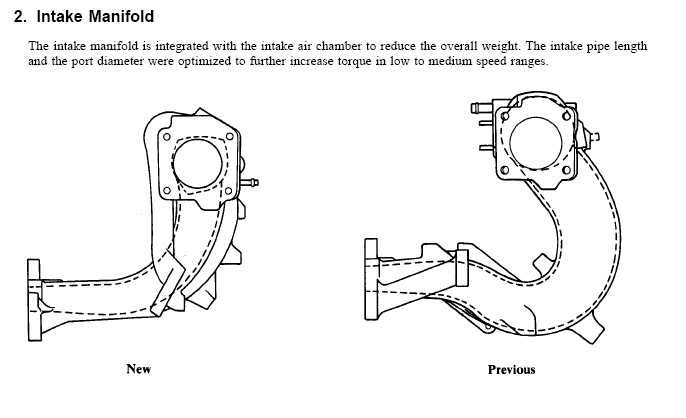so, im probably mind berkeleying myself here, but wanted to bounce this off you guys.
my daily is a DOHC neon ACR. consistently getting upper 20's, lower 30's. this is driving it with the thought of "a redline a day keeps oil consumption away"....
anyway, im currently porting a stock intake manifold. nothing too drastic, just making the air flow smoother with less disruption. not really enlarging ports or anything, but smooting whats there out to make it flow better.
this got me to thinking. which is probably dangerous.
an engine makes power, and burns fuel, based off of effeciency. the more air it can get, the more power it can make. the more power it makes, the more fuel it will use (unless it uses the same fuel more efficiently, which is more in combustion chanmber design and quench area).
with all other things being equal (no PCM changes, no cam changes, no driving changes) will less restricted airflow in and out of the engine (ported intake manifold, bigger throttle body, ported head, long tube header, high flow cat, stock exhaust) increase efficiency? IE, more power when the skinny pedal is whacked, and more fuel economy when its being treated nicely?
and taking this a little further, since id have to pull the head for porting anyway, is bumpung the compression. id mill the head slightly, remove the head gasket shim, and try to bump it from the 9.5:1 it has now to 10.5:1 do i could still run on premium pump (aluminum head). this would reduce the quench area, and encourage a more complete burn for the same amount of fuel, therefore allowing higher efficiency.
does this make sense? or am i on the wrong though train here? it makes sense in my head, and would seem to be the best of both worlds. stock enough for reliability, peppy enough for autocross domination, efficient enough for daily usage in mky 600 mile a week rounds.
what say y'all?
Michael





































